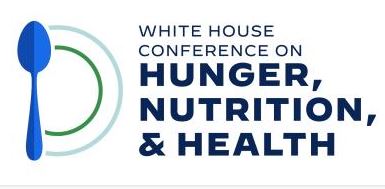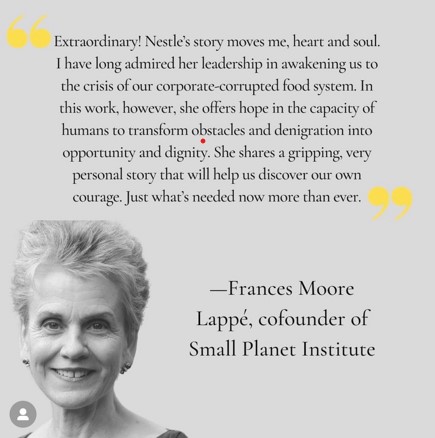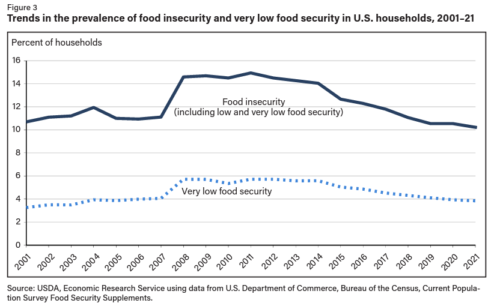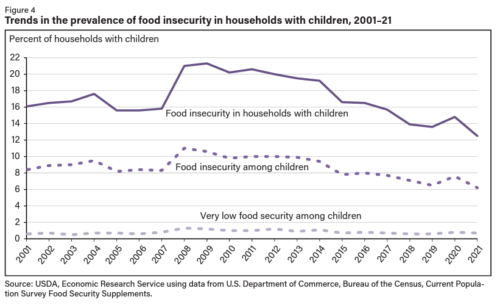Food Navigator update on meat industry happenings
I subscribe to the British-based newsletter, Food Navigator. It occasionally publishes roundups of articles on specific topics. Here’s a sample of articles about current happenings in the meat industry.
- Tyson VP Exclusive Part I: Strong APAC flexitarian consumer base makes alternative protein products ‘very complementary’ Tyson’s plant-based innovations are complementary and not competitors to its existing traditional meat products, claims its Vice President Commercial for APAC in the first part of our exclusive interview…. Read more
- Study linking deaths to red meat ‘appears implausible’ and ‘lacks transparency’: The World Cancer Research Fund International is accusing the GBD 2019 study of ignoring the nutritional value of red meat and lacking rationale. … Read more
- Plant-based brands accused of creating ‘a category failure, maybe one of the biggest in food industry history’: There’s a lot of buzz about plant-based innovation. But according to Julian Mellentin, of consultancy New Nutrition Business, much of this noise comes down to the ‘echo chamber’ created by media, consultants and the investment community. Is plant-based really resonating with consumers? And if not, why?… Read more
- ‘Highly’ marbled cell-based beef bites developed with 3D printing tech Steakholder Foods has coined the ‘first-of-its kind’ and ‘richly marbled’ structured meat product Omakase Beef Morsels…. Read more
- What’s meat’s beef with vegan burgers? The case against ‘meaty’ names for plant-based substitutes For the most part, the meat industry is against the use of ‘meaty’ denominations for plant-based alternatives. What’s the sector’s beef with ‘vegan burgers’ and ‘plant-based sausages’? FoodNavigator investigates…. Read more
- Walmart acquires minority stake in Sustainable Beef: In a bid to provide its customers with more “high-quality, affordable” beef, Walmart has acquired a minority stake in Nebraska-based Sustainable Beef…. Read more
- Can monkeypox virus be transmitted via food? Experts aren’t ruling it out… Risk of contracting monkeypox through food cannot be completely ruled out, according to experts at the European Centre for Disease Prevention and Control and French food agency ANSES…. Read more
************
Coming soon! My memoir, October 4.
For 30% off, go to www.ucpress.edu/9780520384156. Use code 21W2240 at checkout.








